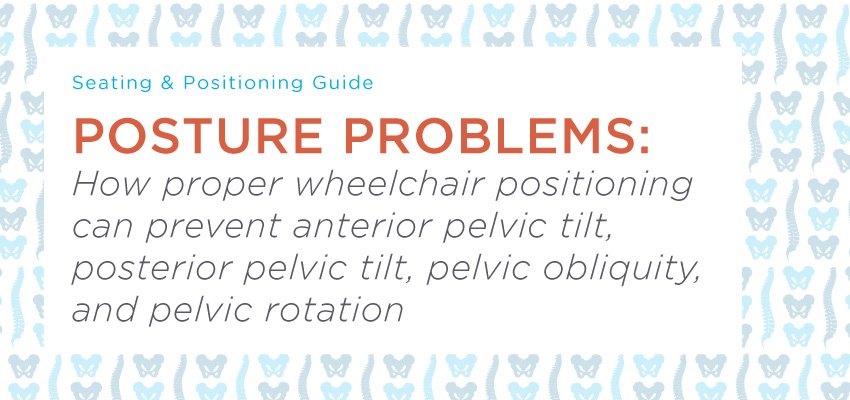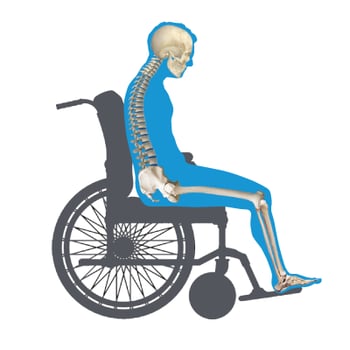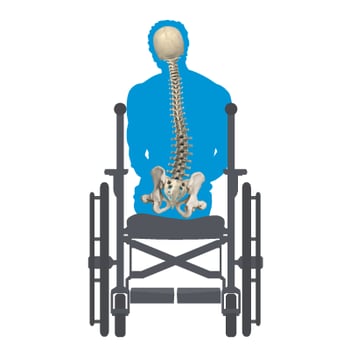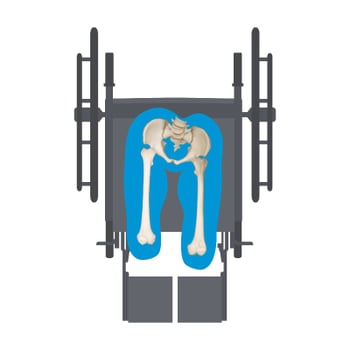Part 2 in our LTC Seating & Positioning series intended to shed some light on the mystery of seating and positioning in the LTC setting. Check out Part 1 here.
Residents in the nursing home spend many hours sitting up in a wheelchair. It is said that an estimated 80% of LTC residents utilize a wheelchair, making it vital to know how to position a resident correctly. We as therapists must know the ins and outs of wheelchair positioning to:
- Optimize trunk and pelvic stability and alignment to stop unwanted movement
- Prevent falls and wound development
- Allow for maximum ADL function whether being performed by the resident or CNA

Residents slide into abnormal postures for a multitude of reasons:
- Fatigue due to trunk and pelvis weakness
- A lifetime of sitting in a certain posture
- Seeking out postural stability
- Loss of ROM due to tightened musculature pulling at the joints
- Sitting in an ill-fitting wheelchair where the seat size does not match the resident’s dimensions, promoting an abnormal posture
Whatever the reason may be, it is our job to recognize the postural abnormality and create a seating system that will minimize the negative effects of that posture. When we fail to prevent those postures, we open our residents to several serious health risks that could be eliminated with proper wheelchair positioning. Some of these health risks include:
- Decreased respiration
- Decreased digestion
- Increased risk for aspiration
- Decreased communication
- Decreased visual field
- Bladder issues
- Increased risk for contracture development
- Isolation and depression
- Wounds
What are the common pelvic postural abnormalities we see in the LTC setting?
|
|
|
|
|
|
In the coming weeks, we will take a closer look at these particular postural abnormalities, look at their effects on trunk, head, and neck alignment, and suggest methods to correct or accommodate for each one. Tighten your seatbelts!

Ana Endsjo, MOTR/L, CLT
Clinical Education Manager LTC Division
Ana Endsjo has worked as an occupational therapist since 2001 in a variety of treatment settings. She has mainly worked with the geriatric population, dedicated to the betterment of the treatment of the elderly in LTC centers. Her focus has been on seating and positioning and contracture management of the nursing home resident. With this experience, her hope is to guide other therapists, rehab directors, nurses, and administrators through educational guides, blogs, webinars, and live courses in her role as Clinical Education Manager for the long term care division.





